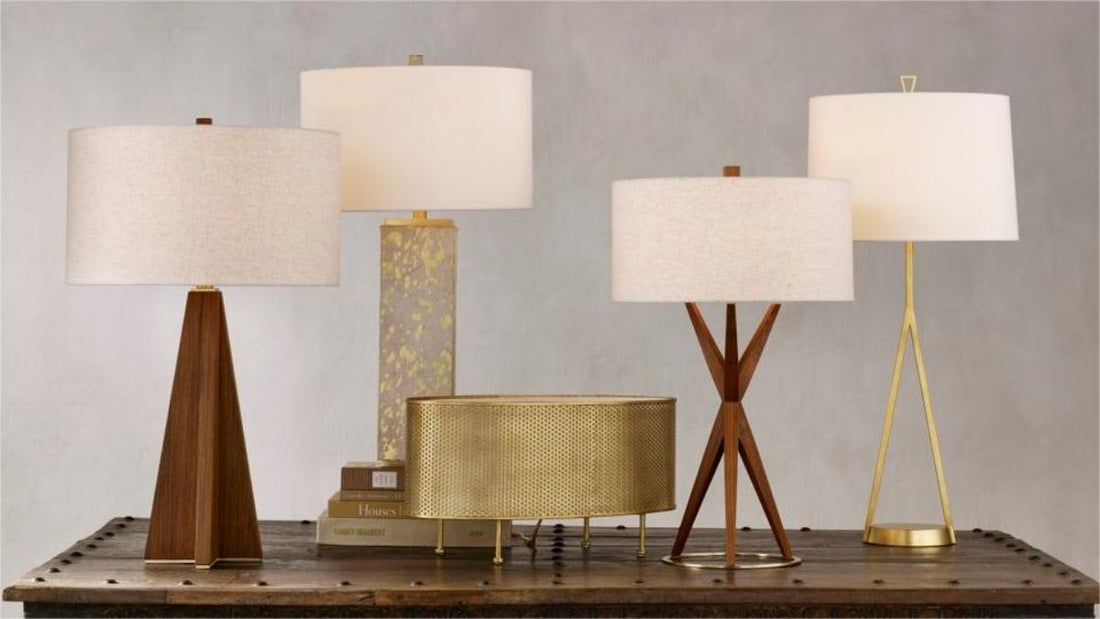The art of decorating a room is like a painter's brushstrokes on a canvas; it requires thought and care. It is not only about the color of the walls or furniture, but also about more subtle details such as lighting. More than just a source of light, lamps can enhance the ambiance and beauty of a room. In this article, we will look at how light fixtures can be an integral element of a room's decor.

First, we must recognize the different roles lighting plays in a room. There are three main types: ambient lighting, task lighting and accent lighting. Ambient lighting provides overall illumination for a room through ceiling lights or wall sconces, for example. Task lighting is focused and provides more intense light for specific tasks such as reading or using a laptop. Accent lighting is used to highlight specific areas or objects, such as paintings or sculptures. Lamps can fulfill all of these purposes, depending on their design and placement.

Next, consider the style and design of the fixtures. They should complement the overall décor of the room and contribute to its aesthetic appeal. For example, a sleek, modern lamp may be out of place in a rustic-themed room. On the other hand, a vintage lantern may be the perfect accent for a farmhouse style room. The materials used in the construction of the lamp, such as metal, wood, or glass, should also be taken into consideration. These elements can have a significant impact on the overall look and feel of the room.
The size and dimensions of the light fixture are also important factors to consider. Large, imposing light fixtures can overwhelm a small room, while small, compact fixtures can get lost in a large, spacious room. When choosing a light fixture, consider the size and proportions of the room, as well as the other elements in the room. Strive for balance and harmony between the fixture and the rest of the decor.

In addition to aesthetics, consider the practicality of the lamps. For example, a bedside lamp should provide enough light for reading without being too harsh. Table lamps should have a flexible neck to direct light where it is needed. Switches or dimmers should be easy to use and intuitive to understand. It is important to strike a balance between form and function.
Another consideration is the energy efficiency of the fixture.LED lamps are more energy efficient than traditional incandescent lamps, helping to reduce energy consumption and save money on your electric bill. Look for fixtures that have built-in LED lights or can be fitted with LED bulbs. These fixtures typically last longer and the bulbs need to be replaced less often, which reduces maintenance costs.

Finally, consider where the fixtures are placed in the room. Lights should be evenly distributed to avoid harsh shadows or overly bright spots. Lamps can be used to create a cozy reading space or to illuminate dark corners. Lanterns can be hung at different heights to create visual interest and dimension. Experiment with different arrangements until you find the one that works best for your room.
In short, lamps can be an integral element of room decor, providing both practical lighting and aesthetic appeal. Taking into account factors such as style, size, practicality, energy efficiency and placement, you can choose lamps that both set the mood of the room and contribute to the overall décor. So the next time you decorate a room, don't overlook the importance of lighting.


